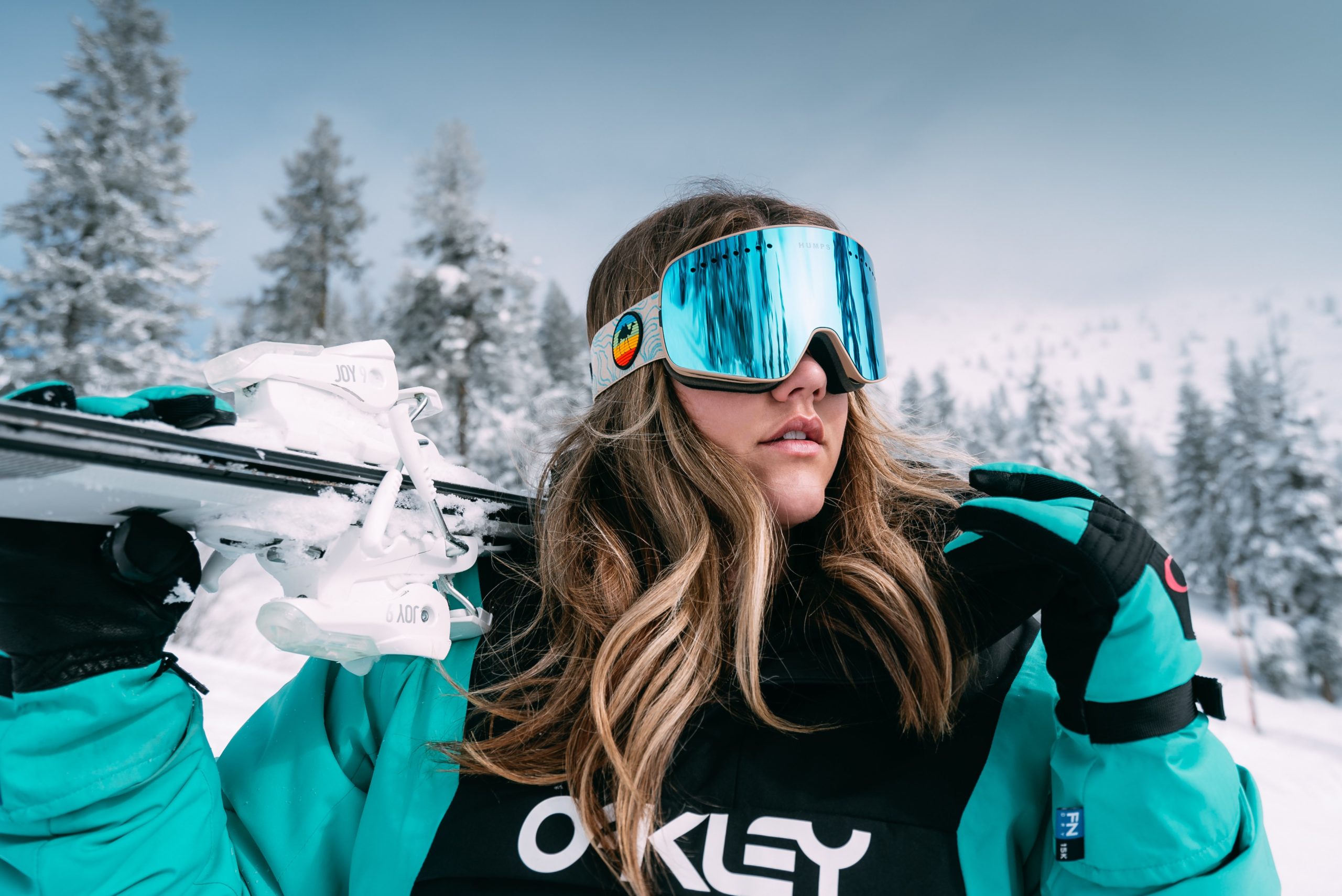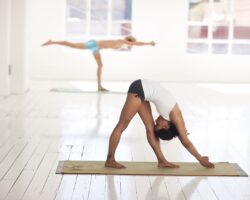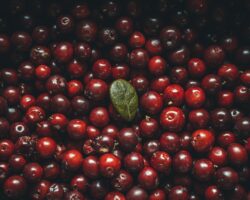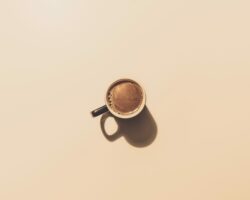Celebrating Winter Sports Day
The air temperature outside the window dropped below zero: it’s time to hide the bike on the balcony and get skis and boards from the mezzanine.Femme4 talked to members of a professional snowboard team about how to properly prepare for the season and what to pay special attention to.
The role of the RIGHT CLOTHING should not be underestimated: only well-designed equipment will create the necessary conditions for comfortable riding. We follow the golden rule of three layers.
1 layer – thermal underwear that removes moisture and does not overcool.
Layer 2 -fleece for warmth.
Layer 3 – membrane pants and a jacket that protect against snow and wind. The jacket should be comfortable, with pockets for a smartphone, small things and a ski pass, with a special “skirt” that will not allow you to scoop up a snowdrift in case of a fall, and taped seams.
Clothing should not restrict movement, and if the rider plans to wear protection – for example, for the back and special shorts – it is worth considering this volume when choosing the size of the jacket and trousers. And the best part: the look. Stand out for your health: the more contrasting clothes, the better you can see the rider on the slope.
HOW TO CHOOSE THE RIGHT BOARD FOR SNOWBOARDING?
There are two main criteria for choosing a snowboard:
1.Choose for your level of riding (beginner, intermediate and experienced rider)
2.Choose the direction that you like most in snowboarding.
The main ones are: basic turns (for beginners); carving (cut turns at high speed); freeride (skiing off the track); freestyle (skating with tricks on a plane in a snowboard park). For each of these types there are separate boards, there are no universal ones.
What boards are suitable for a beginner?
There are several basic parameters for choosing a snowboard:
1. Rigidity
A board for a beginner rider should be soft or medium hard. Basic turns are made by pushing through the body of the snowboard and then shifting the weight. Therefore, soft boards will be easier to manage.
2. Size
The size of the snowboard is selected according to the weight of the rider. The characteristics will correspond to the declared ones only when the buyer selects the board by weight. Each manufacturer has a table. For example, size 152 is suitable for people from 60 to 75 kg. The closer the weight is to the middle of the weight distribution, the more clearly the board will correspond to the declared characteristics.
3. Deflection
Here are the 3 most popular ones.
Deflection “banana” (rocker) – a deflection that is difficult to control even at speed, as it constantly rotates. However, with it the likelihood of catching an edge and falling is much less. It is important to note that in general, if a rider cannot control his board, it will always result in falls.
Deflection “camber” – inverted “banana”. It is one of the most difficult for beginners to master – edges are more likely to cling to it. The deflection of the snowboard is made in such a way that it initially crashes into the snow. If you technically perform the exercises incorrectly, then you will immediately fall. If you master this deflection, then you will simply ride on any board, noticeable progress will not be long in coming. If your goal is to snowboard tight, then learn carving turns, then the camber is perfect. Speaking of beginners, it will be quite difficult for someone to learn on it, but, on the other hand, many start with it and it is easier for them to progress further.
Deflection “flat”- a very popular bend, especially for beginners who just want to try snowboarding, do some small turns and maybe some minimal tricks.






